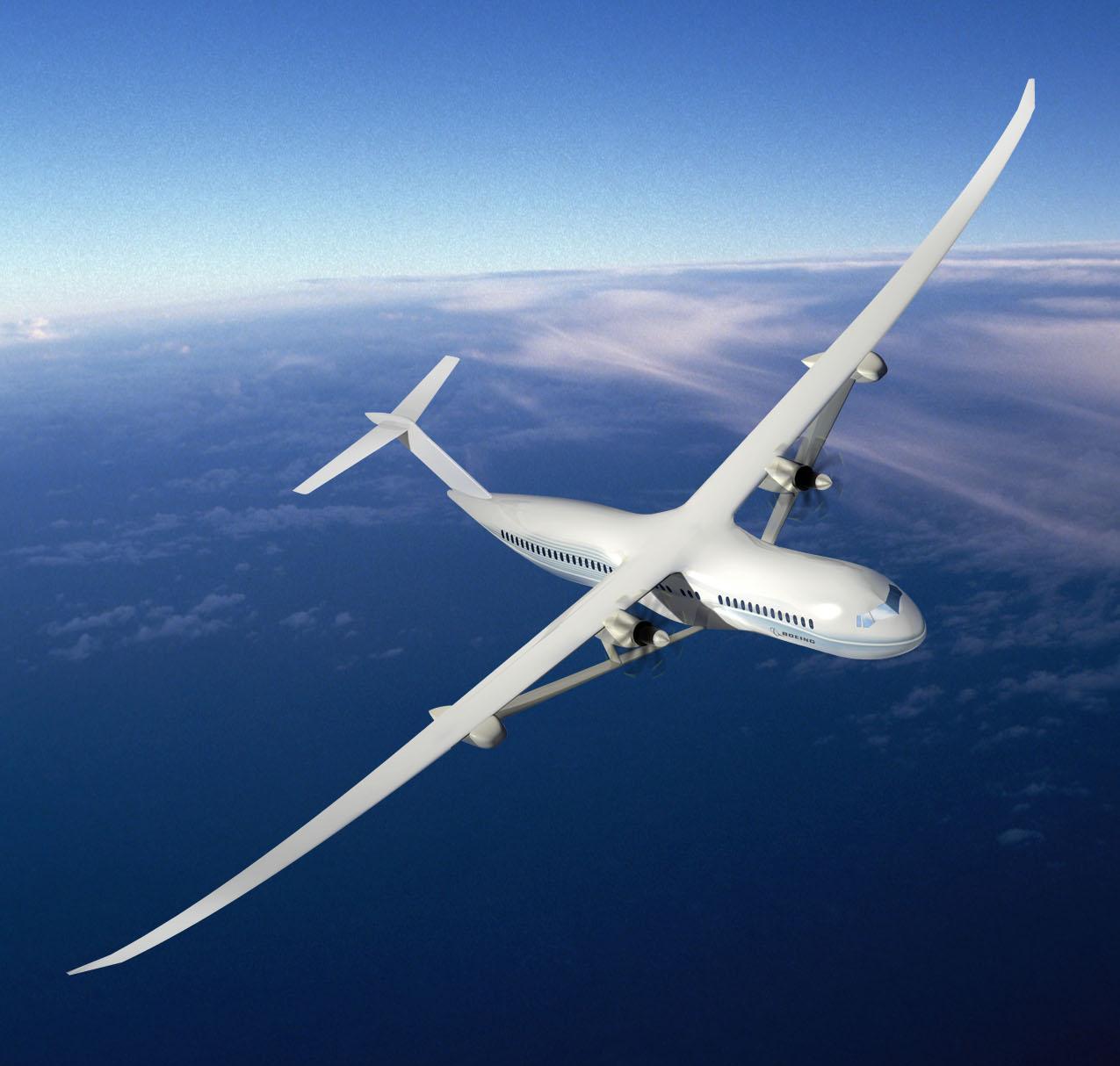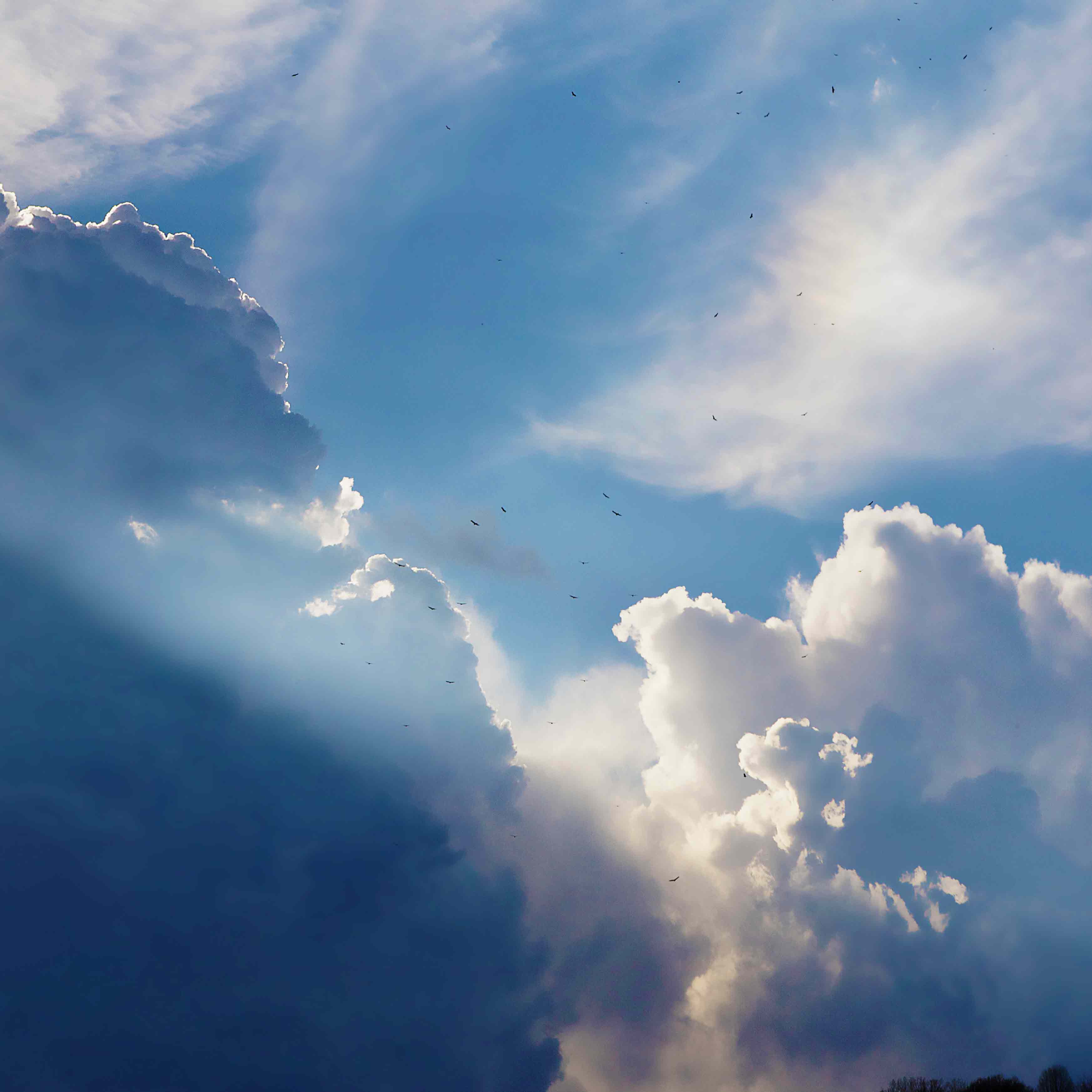Climate Change is Increasing Air Turbulence

There are more than 100,000 scheduled flights across the world each day and, as result of climate change, they are starting to experience higher levels of air turbulence each day. Climate change is also responsible for increasing the likeliness of dust storms and icing incidents which also impact air travel.
Air turbulence is triggered by severe changes in jet stream winds, atmospheric pressure, chaotic air masses and air around mountains, all of which are hard to avoid as there are no visual signs like there are with heavy sandstorms – the most common cause of air turbulence.
These triggers are worsening each day because climate change is moving up towards the stratosphere, which the majority of commercial airlines fly close to.
Climate change has also led to other implications for air travel – the rise in sea levels could threaten low-lying airports and the high amount of clouds can reduce visibility – especially within Latin America and the Middle East.
Turbulence
 Turbulence is one of the main causes of weather-related aircraft incidents and the re-routing of flights. Flights are now forced to take alternative routes to avoid the intense areas of turbulence. Diverting flights will also have a negative effect on the atmosphere as diversions will raise emissions of atmospheric pollutants and increased fuel consumption.
Turbulence is one of the main causes of weather-related aircraft incidents and the re-routing of flights. Flights are now forced to take alternative routes to avoid the intense areas of turbulence. Diverting flights will also have a negative effect on the atmosphere as diversions will raise emissions of atmospheric pollutants and increased fuel consumption.
It has also been mentioned that flights may have to make unscheduled fueling stops, which will increase flight duration and release more emissions into the atmosphere.
Increased turbulence can also enhance the levels of damage to the plane and they will, therefore, have to undergo more checks and repairs.
Jet Streams
Jet stream winds are located above the Earth’s surface and can reach speeds of over 150 mph and are also affected by climate change.
Commercial airplanes travel up to an average of 30,000ft, which means they are more likely to fly in fast moving winds (jet streams). This will speed up the planes movement and shorten the flight’s duration. However, as the temperatures continue to rise, there is a greater chance of jet streams causing turbulence.
As a result of these rising temperatures, jet streams have intensified by 15%, making it more likely that westbound flights will take longer than eastbound flights. Eastbound flight times will drastically shorten, recent flights from New York to London, for example, secured a record time of 5 hours and 16 minutes.
 The Main Cause of Temperature Change
The Main Cause of Temperature Change
It is common knowledge that a vast, unhealthy level of CO2 emissions are injected into the atmosphere each day. This high level of carbon emissions is the main cause of temperature change, which formulates different layers of airflow to move at increased speeds relative to each other.
High CO2 levels are the main cause of increased air turbulence, causing even large, commercial aircraft to be rocked and moved easily.
Thousands of flights are already experiencing severe turbulence, which is only going to worsen if we continue to raise carbon emissions, and will not stop until we decrease the levels of CO2 emissions in the atmosphere.
2EA® are registered Low Carbon Energy Assessors, Consultants and ESOS Lead Assessors, offering both energy management and reduction services ranging from CCL/CHPQA Management to Energy Saving Opportunity Scheme (ESOS) and Carbon Reduction Commitment (CRC) consultancy.
For more information please contact us either by email to info@2ea.co.uk or by calling 01293 521 350.


